Libya's UN-recognized GNA forces down UAE combat drone
Libya's UN-backed Government of National Accord (GNA) says its forces have managed to down a United Arab Emirates (UAE) combat drone in the skies of the northern parts of the country.
"Our forces successfully shot down an Emirati drone south of Misrata city", some 187 kilometers to the east of Tripoli, Turkey's state Anadolu news agency quoted Mohammad Gununu, the spokesman for the GNA-led Burkan al-Ghadab Operation (Volcano of Rage), as saying on Sunday, adding the drone was "equipped with guided missiles."
The all-out operation, part of the larger Operation Peace Storm, was launched by GNA forces on Saturday to liberate Tarhuna city, which is Haftar's main foothold in west Libya.
Abu Dhabi, one of the key allies of the rebel forces, has not yet commented on the development.
Earlier this month, the GNA said that Emirati drones, which are conducting airstrikes against the government's positions, had twice raided al-Washka area, west of Sirte, which is located south of the Gulf of Sirte, between Tripoli and Benghazi.
A flight-tracking data provider revealed last month that the UAE had sent more than 100 shipments of arms to Libya by air since mid-January, despite a UN arms embargo against the war-torn country. However, the airstrikes near Sirte marked the first time that the UAE is operating drones to support the rebels.
According to a report by the Guardian last month, most of the suspect Emirati flights leave military bases in the UAE, while some others depart from a UAE-run base in Eritrea, where a dictatorial regime is in charge and there is almost no international monitoring.
The report by the British daily newspaper also said that these shipments might contain heavier artillery plus other arms and ammunition. The LNA had in February pounded the center of Tripoli with shelling from long-range artillery.
Since 2014, two rival seats of power have emerged in the North African country, namely the internationally-recognized government of Prime Minister Fayez al-Sarraj, known as the GNA, and another group based in the eastern city of Tobruk, supported militarily by rebel forces, collectively known as the so-called Libyan National Army (LNA), under the command of renegade General Khalifa Haftar.
The rebel leader, who is primarily supported by the UAE, Egypt, and Jordan, launched a deadly offensive to capture the capital Tripoli, the seat of the GNA, in April last year. Despite fierce fighting, he has so far failed to achieve his objective of ousting the GNA, and the offensive has stalled outside the city.
Numerous international attempts to bring about peace between the two warring sides have failed.
On Saturday, the GNA announced that the Libyan army troops had launched an all-out military operation early in the day and advanced toward the strategic town of Tarhuna, about 65 kilometers southeast of Tripoli, seizing several towns and capturing dozens of rebels on the way.
The government forces overran a rebel camp in al-Hawatim area near Tarhouna, killed more than a dozen rebels, and captured over 100 others. They also managed to seize a number of armored vehicles, tanks, and mortar launchers.
The Libyan army has in recent days liberated a string of strategic cities located west of Tripoli, including Sabratha, Surman, and al-Ajaylat from the grips of Haftar's forces.
Fresh clashes around Tripoli intensified after the rebels breached a March 21 humanitarian ceasefire aimed at facilitating efforts to combat the coronavirus outbreak in the war-torn country.
As of Sunday, 49 people have tested positive for COVID-19 and one individual has died of the disease in the Arab country, Libya's official figures say.
Libya plunged into chaos in 2011 when a popular uprising and a NATO intervention led to the ouster of long-time dictator Muammar Gaddafi.
VIDEO | Iran’s Eurasia Expo 2025 showcases free trade zone opportunities
VIDEO | Nigeria legislature investigates USAID for suspicions of sponsoring terrorism
VIDEO | Yemen's mysterious water well said to help cure illnesses
VIDEO | Iranian women in Sydney challenge Western narratives
Iran urges speeding up of legal processing of Israel’s genocide, war crime cases
VIDEO | Large protests held as Germany goes to polls
VIDEO | With Adnan Mansour on Lebanon, its future
VIDEO | 'Captives only released under Resistance terms'


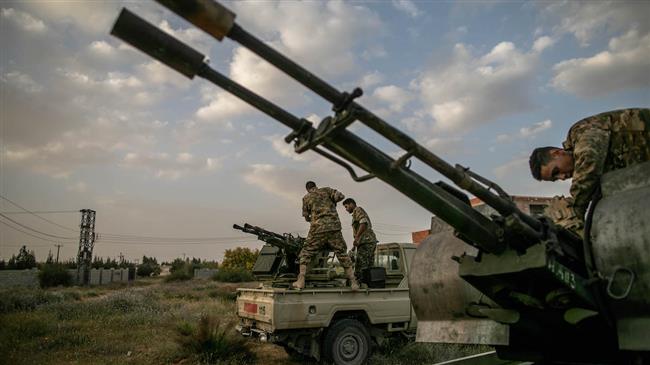



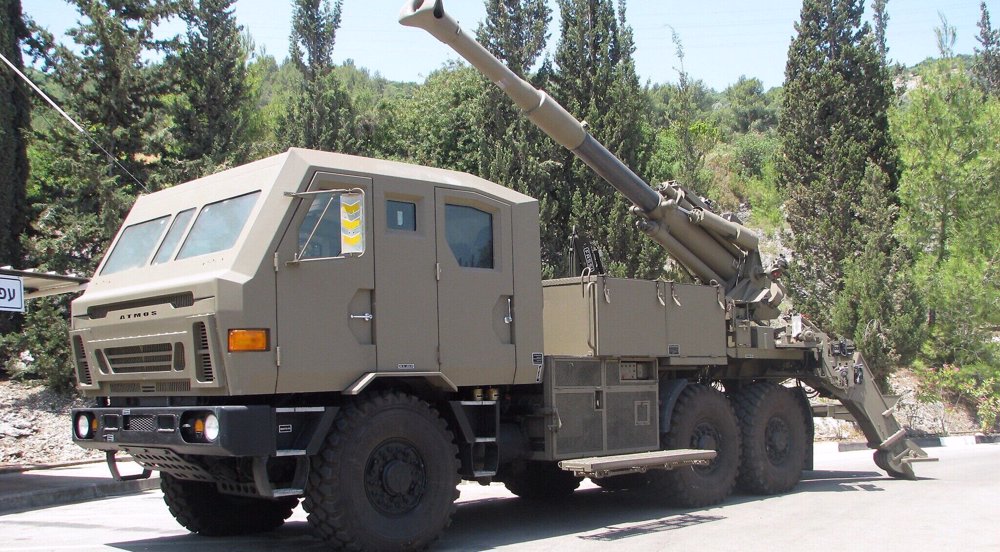

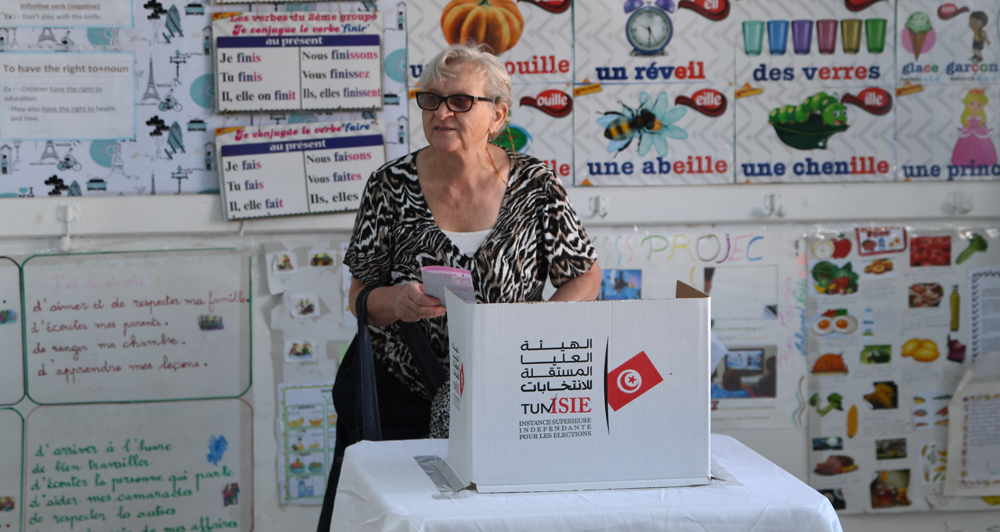



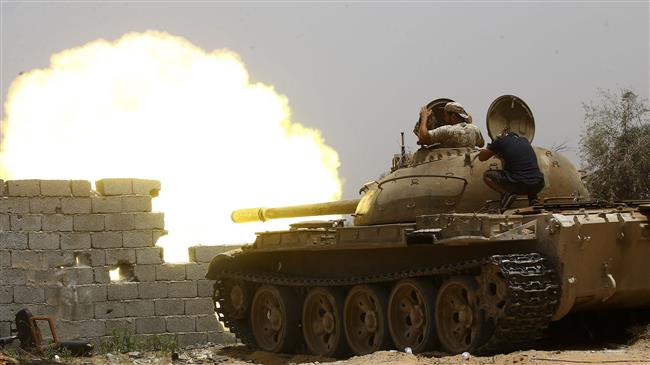
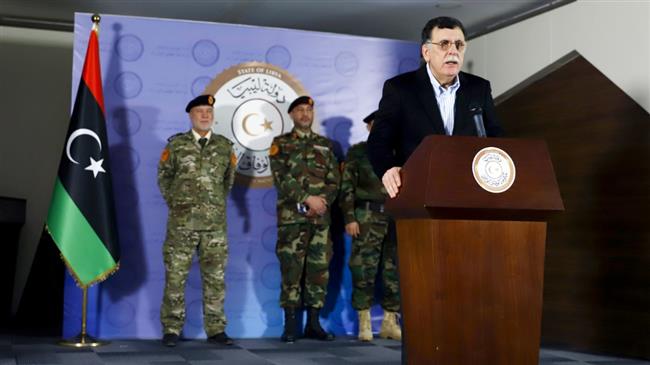
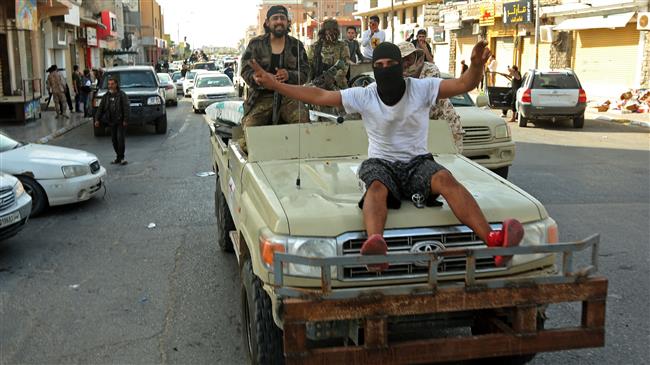
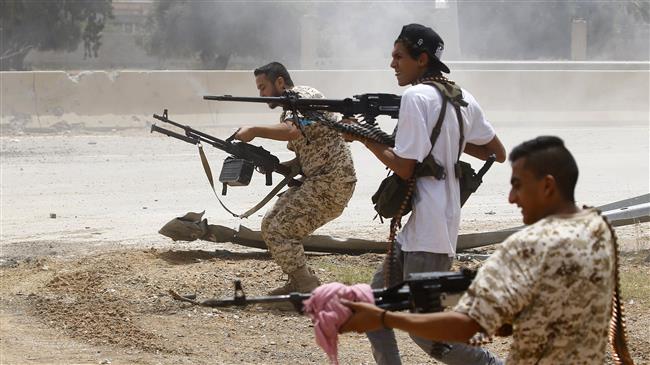
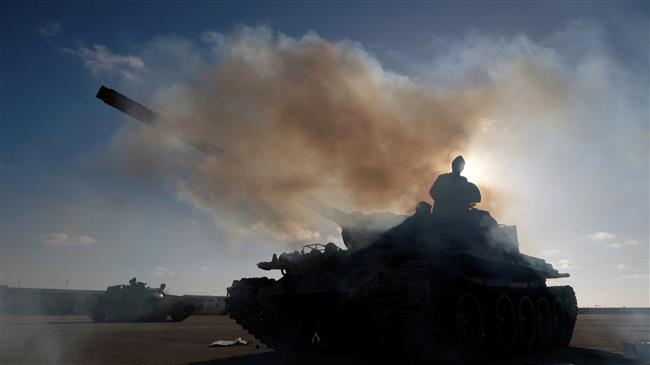
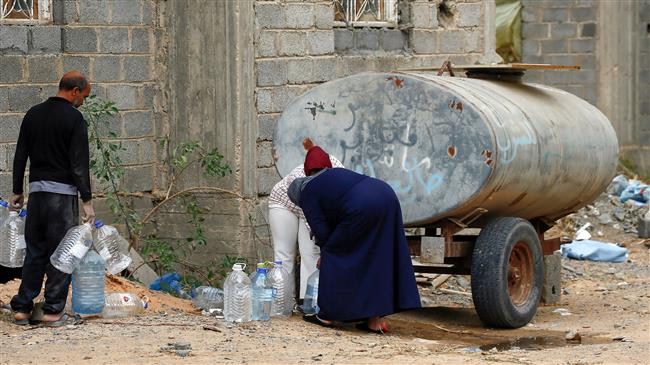

 This makes it easy to access the Press TV website
This makes it easy to access the Press TV website